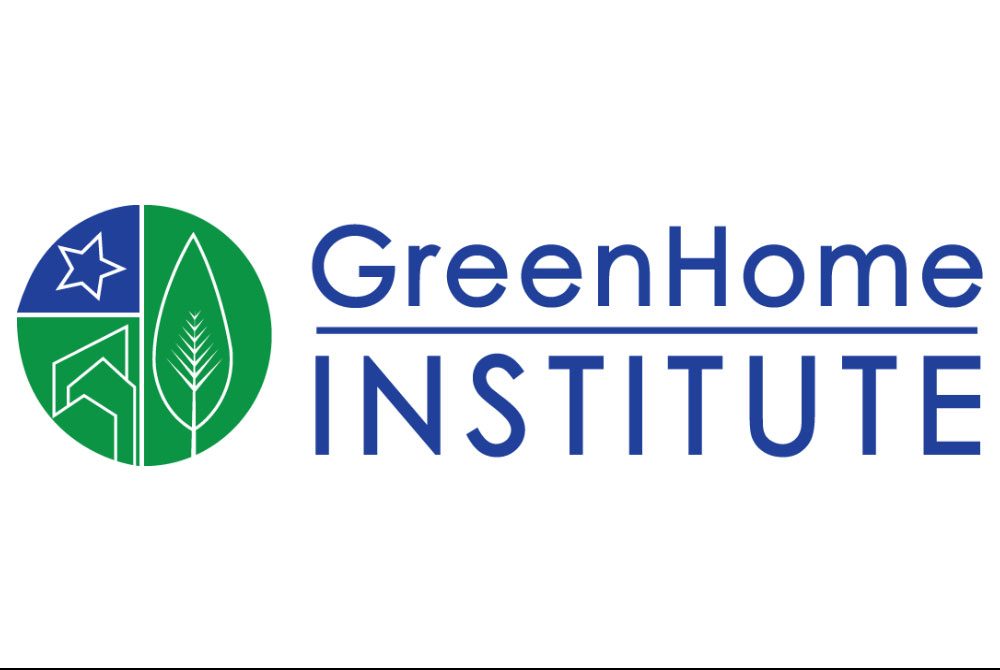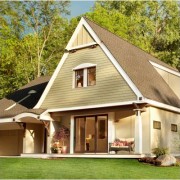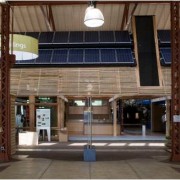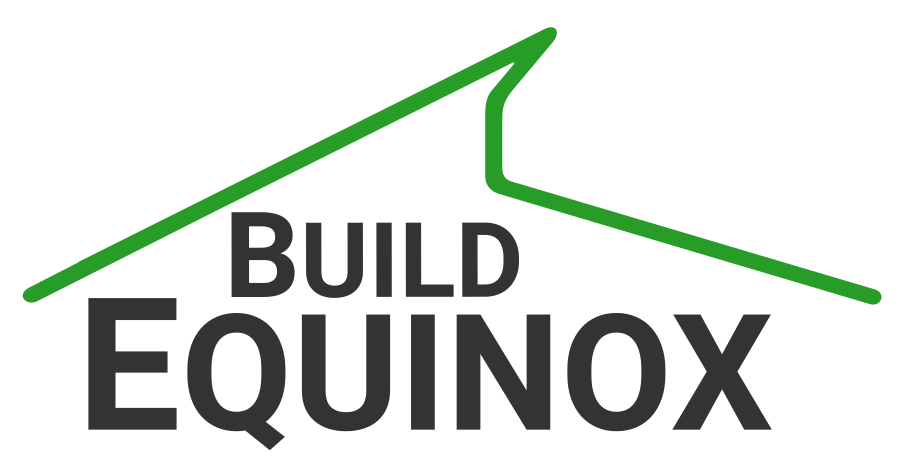LEED for Homes has always required ENERGY STAR (a HERS rating of 85) as a prerequisite, and rewarded increasingly low HERS ratings with more points in the rating system. However, significant changes in the next iteration of the rating system (LEED 2012) will be even more performance-oriented, which should play well to Passive House customers. Especially those customers who want not only energy-efficient performance and good IAQ, but also those that want to go beyond and incorporate broader aspects of sustainability into their homes. This is where Passive House and LEED become intertwined.
A recent project in MN demonstrates how LEED and Passive House currently work together. But with the ENERGY STAR v3 changes that went into effect January 1, LEED proposes to have a “target index” based on an “absolute energy metric”, representing the maximum amount of energy a home can use. The thought is that this would:
• Better reward envelope / component improvement and design decisions.
• Factor in permanently installed plug loads not figured into a HERS rating such as driveway /swimming pool / spa heating, permanently installed appliances, and more.
• Large homes will no longer be able to “buy” their way into a lower HERS rating with solar photovoltaic / wind energy systems.
• Allows a clearer comparison between New construction and Existing construction.
This represents a mind-shift in the way that USGBC wants the industry to think about residential energy, focusing on total energy consumed, for example, on a BTU per square foot basis. This metric works well with Passive House, which is also a performance-driven standard that focuses on a similar metric. In the United States, a house built to the Passive House standard results in a building that requires space heating energy of 1 BTU per square foot per heating degree day, compared with about 5 to 15 BTUs per square foot per heating degree day for a similar building built to meet the 2003 Model Energy Efficiency Code.
Question to the group: What are your thoughts on this? If you noticed, there is a LOT of conditional language above. The reason is that right now, the rating system is open for public comment until Dec 31, 2010. Here is a blog I wrote with more details.
So, what does this mean for Passive House? Well, if you or anyone else has a vested interest in Passive House and want to shape the future of how the program works together with LEED, we encourage you to voice your opinions. We also have a great summary of the changes to LEED for Homes.
Finally, for more details on the metric, look at the end of the rating system under Glossary. The “LEED MmBTu Metric” definition provides additional information.
We welcome informal comments below.




